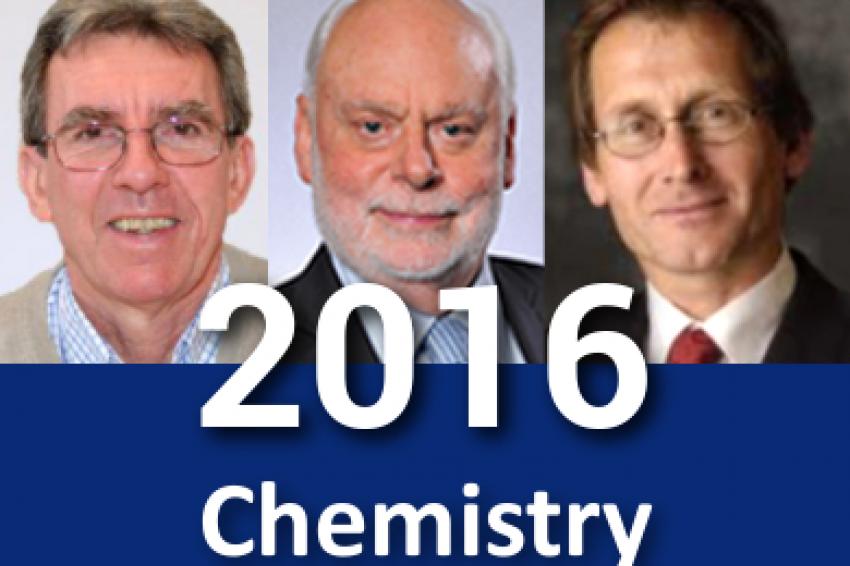Nobel Prize in Chemistry 2016
05.10.2016 -
The Nobel Prize in Chemistry for 2016 has been awarded jointly to Jean-Pierre Sauvage, University of Strasbourg, France, Sir J. Fraser Stoddart, Northwestern University, Evanston, IL, USA, and Bernard L. Feringa, University of Groningen, The Netherlands, "for the design and synthesis of molecular machines".
The Nobel Laureates have developed the world's smallest machines by taking molecular systems out of the stalemate of equilibrium into energy-filled states in which their movements can be controlled. Molecular machines will probably be used in the development of, e.g., new materials, sensors, and energy storage systems.
In 1983, Jean-Pierre Sauvage linked two ring-shaped molecules together to form a chain, called a catenane. The two interlocked rings can move relative to each other. In 1991, Fraser Stoddart developed a rotaxane. He demonstrated that a molecular ring on a thin molecular axle was able to move along the axle. Based on rotaxanes, he developed, for example, a molecular lift, a molecular muscle, and a molecule-based computer chip. In 1999, Bernard Feringa was the first person to develop a molecular motor and was, for example, able to design a nanocar.
Read more on www.chemistryviews.org.





